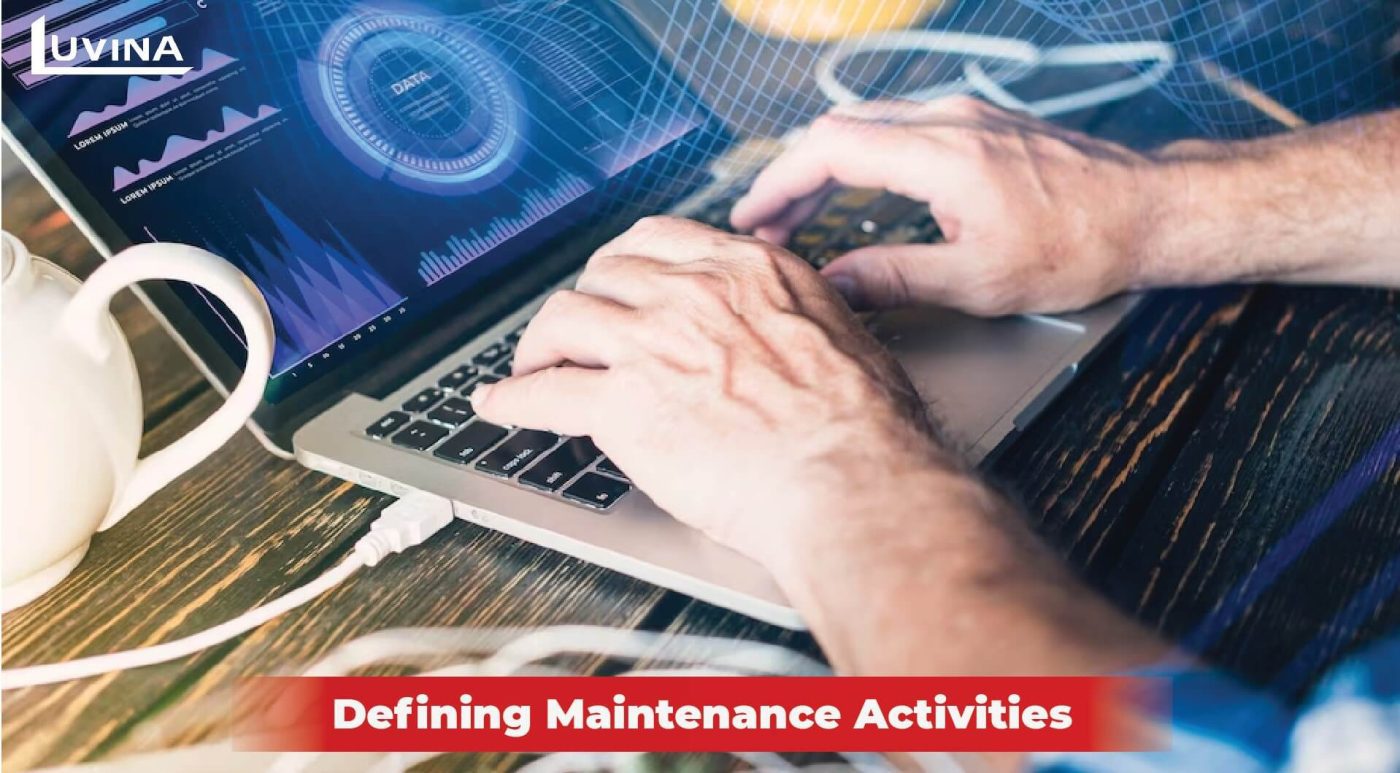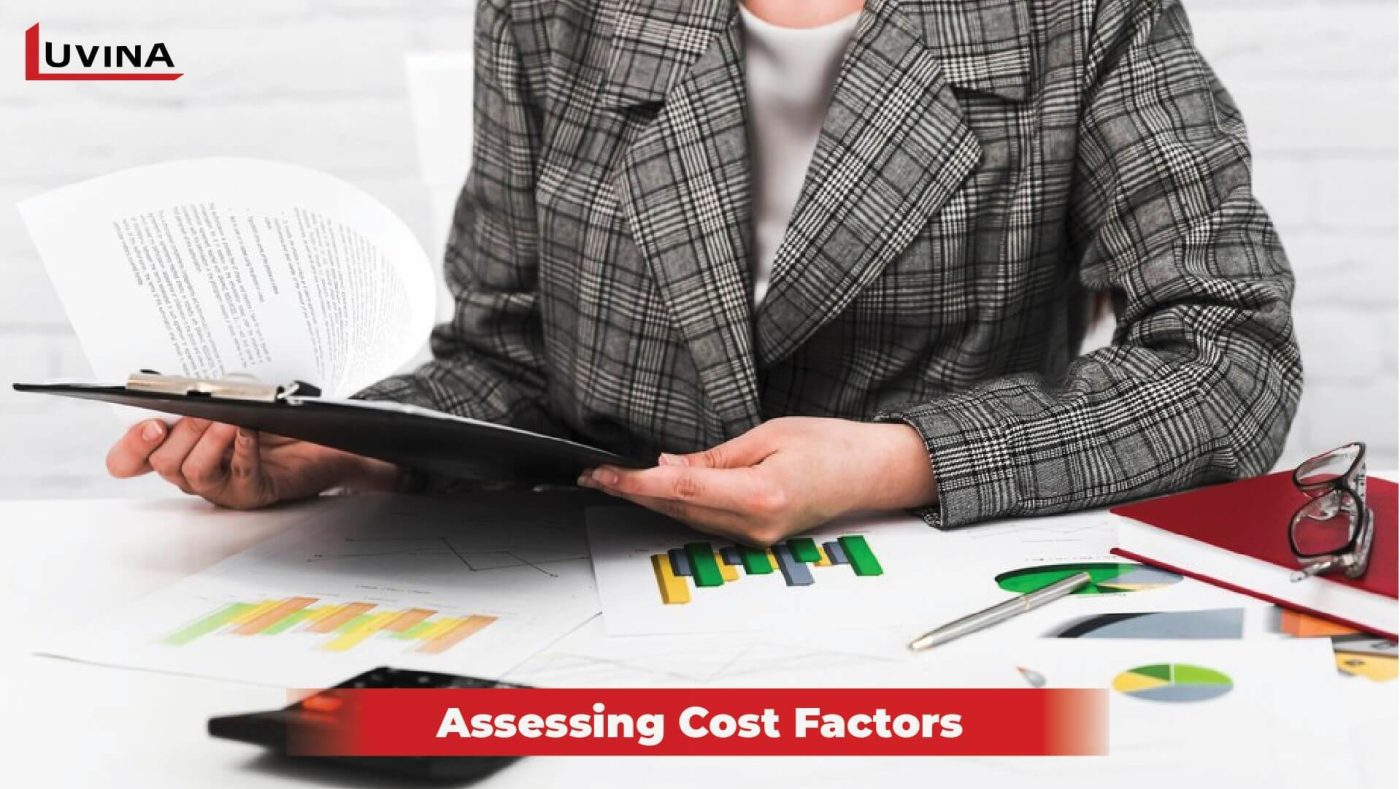Estimating software maintenance costs is a multifaceted process that encompasses various crucial factors to determine a fair and practical cost. It involves a comprehensive analysis of different elements to arrive at an accurate estimation. Here’s a comprehensive guide to help you navigate and understand the intricate process of estimating software maintenance costs. By dissecting key considerations and factors, this guide aims to provide a structured approach toward deriving reasonable and justified costs for software maintenance.
How To Estimate Software Maintenance Cost
Determine Maintenance Needs
– Identify the Type of Maintenance: Understanding the specific type of software maintenance needed is crucial. Corrective maintenance addresses immediate defects, adaptive maintenance adjusts to environmental changes, perfective maintenance enhances performance, preventive maintenance proactively prevents issues, and evolutionary maintenance ensures scalability. Recognizing which category aligns with your current requirements is the initial step.

– Assess Maintenance Frequency: Analyzing the frequency of required updates or maintenance activities is vital. Determine whether the software needs periodic updates or if it requires continual monitoring and adjustments to cater to evolving needs. This assessment aids in establishing a tailored maintenance plan that suits your software’s demands and ensures its continual reliability and relevance.
Software Assessment
– Evaluate Size, Complexity, and Architecture: Understanding the software’s scale, intricacy, and structure is crucial. Assessing its size helps gauge the resources required for maintenance. Evaluating complexity assists in predicting potential maintenance challenges. Analyzing the architecture provides insight into its design and potential vulnerabilities.
– Analyze Codebase, Dependencies, and Integrations: Delve into the software’s codebase to comprehend its structure, quality, and potential areas for improvement. Assess dependencies and integrations to determine their impact on overall stability and functionality. This analysis forms the foundation for crafting an effective maintenance strategy tailored to the software’s unique characteristics and requirements.
Maintenance Scope
– Define Maintenance Activities: Clearly outlining the scope of required maintenance activities is essential. Identify specific tasks like addressing bugs, implementing enhancements, deploying security patches, or executing system upgrades. This delineation helps in allocating resources and setting priorities for each maintenance aspect.

– Determine Support Level: Understanding the necessary support level aids in establishing service expectations. Deciding whether the software requires round-the-clock support, periodic updates, or on-demand assistance provides a framework for structuring maintenance schedules and service agreements. Defining this level ensures that the software is adequately supported based on its operational needs and user expectations.
Vendor or Service Provider Evaluation
– Research and Compare: Conduct thorough research on various vendors or service providers in the market. Analyze their reputation, expertise, and track record in offering maintenance services for similar software systems. Comparing reviews, client testimonials, and case studies can offer valuable insights into their performance and reliability.
– Request Quotes and Services: Reach out to multiple providers to gather quotes or estimates. Compare the pricing structures, services included, and any additional offerings provided by each vendor. This process enables a comprehensive evaluation of the cost-benefit ratio and aids in making an informed decision regarding the best-fit provider for your software maintenance needs.
Key Factors Affect On Software Maintenance Cost
– Assess Complexity: Evaluate the intricacy of the required maintenance tasks. Complex updates or changes might entail higher costs due to the expertise and resources needed to implement them effectively.
– Time and Effort: Understand the timeframes and effort required for each maintenance activity. Some updates might demand more extensive coding or testing, impacting the overall cost.
– Service Provider Terms: Scrutinize the pricing models of different service providers. Some might offer hourly rates, while others might propose subscription-based models or contractual terms. Comparing these against the expected workload and required services will aid in choosing a cost-effective solution aligned with your budget and needs.

How To Reduce Costs Of Software Maintenance
Long-Term Planning
Anticipate Future Needs: Think ahead about potential future maintenance requirements. Negotiate with service providers for extended contracts or bulk services that align with your long-term software maintenance strategy. This can often lead to cost savings and a more comprehensive approach to meeting evolving needs over time.
Account for Contingencies
– Prepare for Unforeseen Situations: Incorporate a buffer in your planning to accommodate unexpected issues or additional needs that may surface during the maintenance process. This flexibility ensures smoother handling of unforeseen circumstances without causing disruptions to maintenance activities.
– Solicit Comprehensive Proposals: Request detailed proposals encompassing service inclusions, support hours, service levels, and associated costs. This information allows for a clear comparison of offerings, ensuring alignment with your maintenance requirements and budget.
Cost-Benefit Analysis
Before finalizing your decision, conduct an in-depth assessment that gauges the inherent value of the software maintenance services against the projected costs. This detailed analysis involves scrutinizing the potential benefits that each maintenance service provider offers. Assess how these services align with your organization’s specific needs and long-term objectives. Factor in not just the immediate costs but also the anticipated returns and advantages derived from each service. Consider whether the proposed maintenance plan ensures efficiency, reliability, and scalability for your software systems. By undertaking this comprehensive cost-benefit analysis, you can make an informed decision that optimally balances your investment against the expected benefits, ensuring a favorable outcome for your organization’s software maintenance strategy.

Review and Negotiate
Upon receiving estimates from various vendors, meticulously review each proposal to discern the value propositions and alignment with your maintenance requisites. Scrutinize the proposed terms, pricing structures, and service levels, ensuring they resonate with your organization’s specific requirements and fiscal constraints. Engage in negotiation processes with the selected vendors to fine-tune the terms, seeking modifications that better accommodate your needs while adhering to your budgetary limitations. This phase acts as a crucial juncture in finalizing the most suitable vendor that not only meets your maintenance prerequisites but also offers a mutually beneficial arrangement tailored to your organization’s preferences and financial parameters.
Conclusion
By considering these factors and engaging with potential service providers or vendors, you can develop a more accurate estimate of the software maintenance price. Always aim for a balance between the quality of service provided and the associated costs to ensure the best value for your investment in software maintenance service.
?source=end-post-cta-banner








Read More From Us?
Sign up for our newsletter
Read More From Us?
Sign up for our newsletter